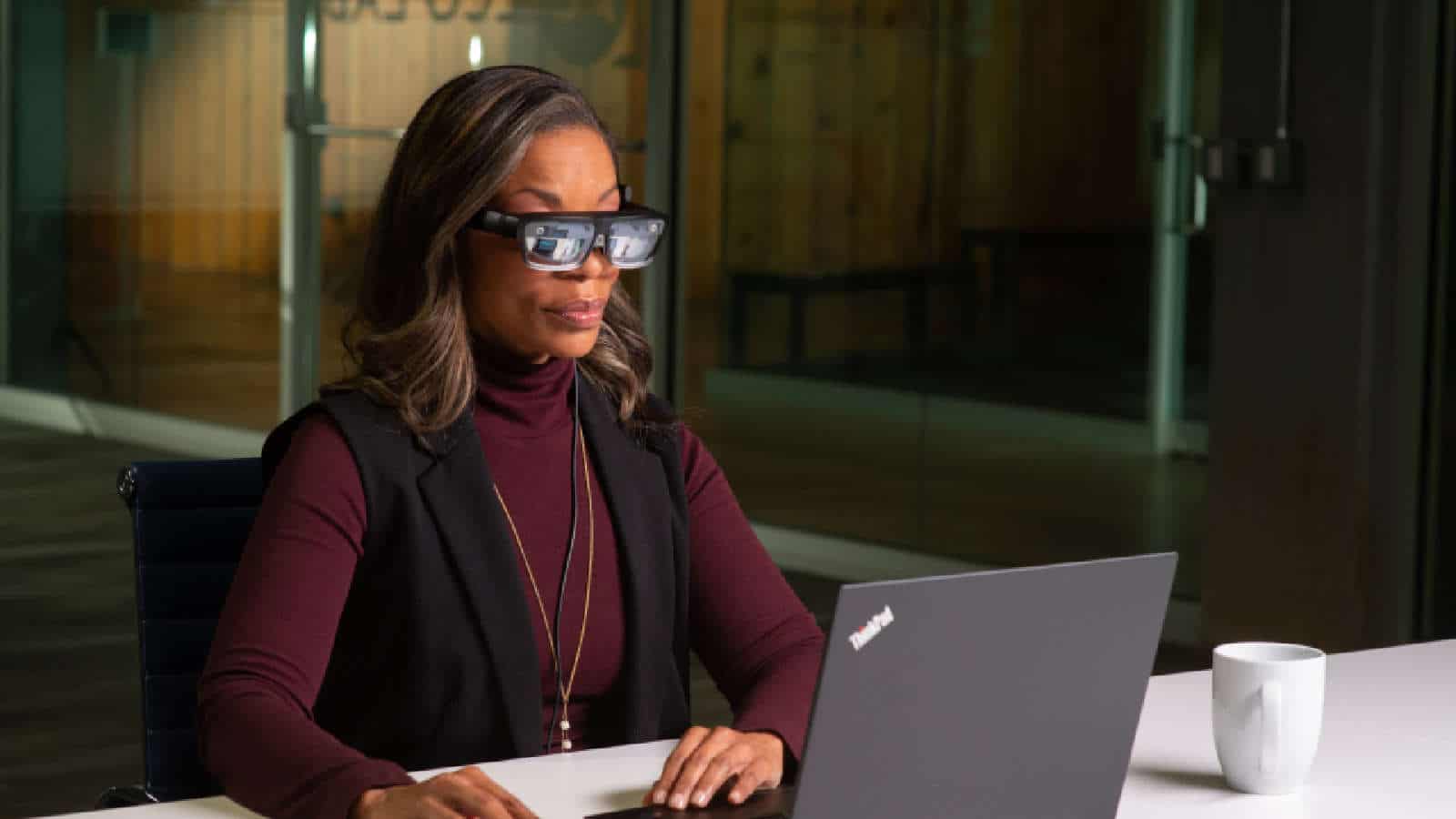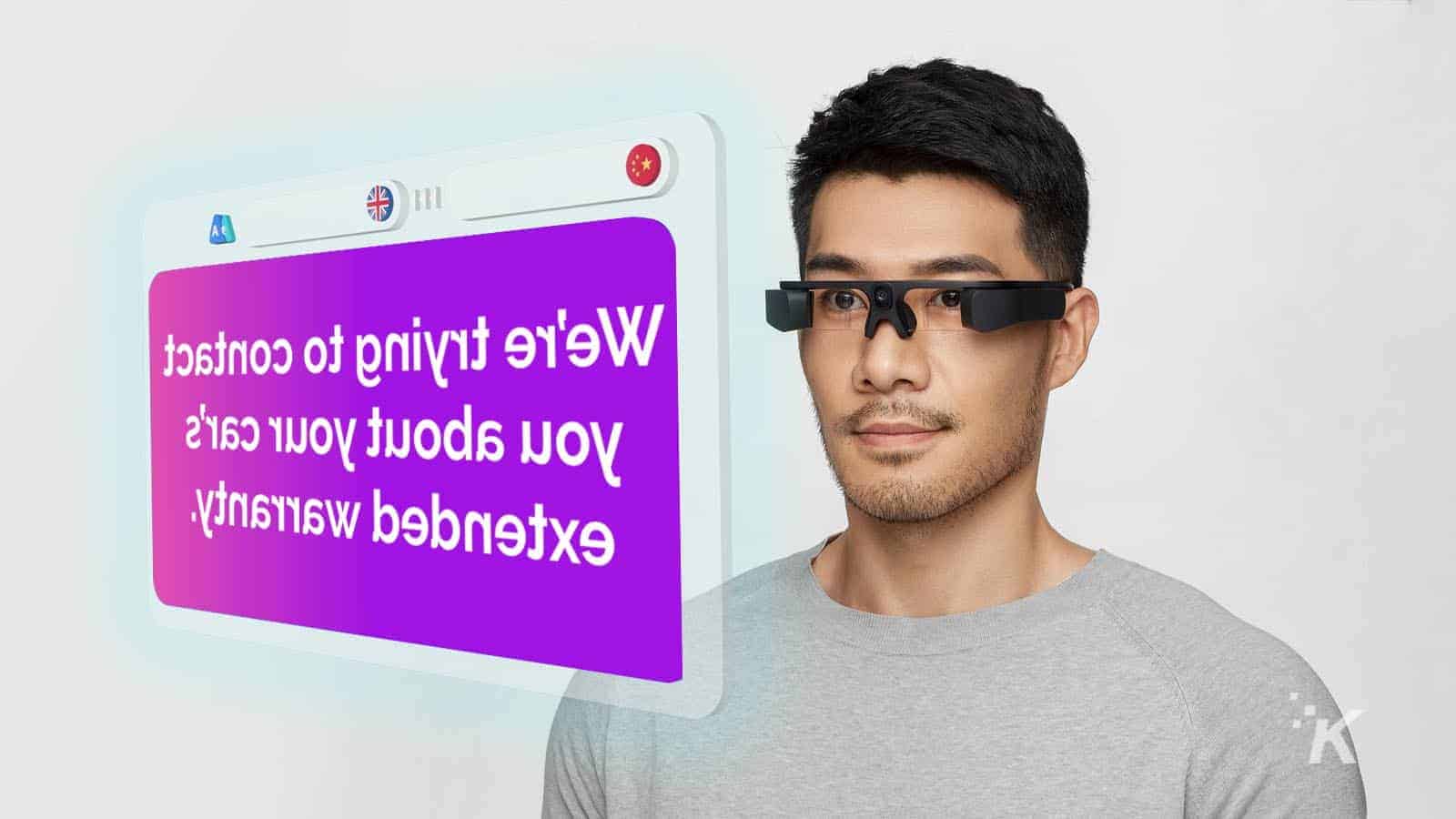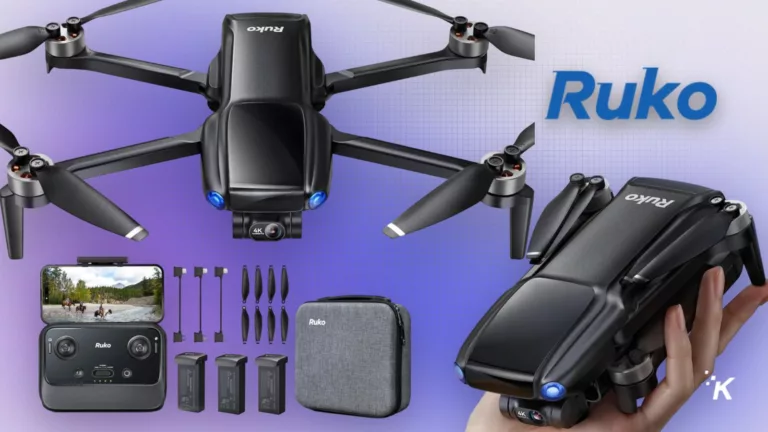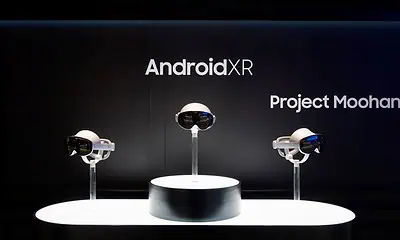Tech
How the eyewear industry is leveraging AR/VR for innovative experiences
Explore the role of AR/VR in the eyewear industry, from AR-powered smart glasses to virtual try-ons for online shopping. Learn about the future of eyewear.

Just a heads up, if you buy something through our links, we may get a small share of the sale. It’s one of the ways we keep the lights on here. Click here for more.
Recently, we’ve seen an uptick in emerging technologies like augmented and virtual reality across various industries.
Virtual reality emerged as the first version of immersive experiences that replaces the real world with computer-generated content and environments, while augmented reality projects digital content onto physical world elements for a more interactive experience.
Continued technological advancements have also resulted in extended reality (XR) devices, which can combine AR and VR to provide specialized experiences.
Given the wide range of AR/VR applications, eyewear is among the industries leveraging these technologies.
According to a global eyewear market report, AR/VR tools contribute to the industry’s growth and expansion. The industry is performing well across critical regions like Europe, North America, and Asia Pacific and was valued at $146.1 billion in 2023 alone.
Thus, we look closer at how the eyewear industry is leveraging AR/VR for innovative experiences, profit potential, and overall customer satisfaction.
Introducing AR-powered smart glasses

One of the fastest-growing segments in the eyewear industry is smart glasses, which are wearable technologies that can function as cameras, monitors, and smartphones.
However, incorporating AR into smart glasses can further increase their computing power and provide a seamless, hands-free experience for gaming, content creation, social media, and more.
Case in point: tech giants Meta and Snap have debuted prototypes of AR-powered smart glasses, which are the next-generation Orion AR glasses and fifth-generation see-through Spectacles.
While these are still prototypes and have yet to be sold to mainstream consumers, they remain representative of the increasingly more significant role mixed realities play in making eyewear meet user needs beyond vision correction.
Offering virtual try-ons for online shopping

The ongoing digital transformation of the eyewear industry can also be gleaned from the continued growth of online distribution channels, which reach a broader range of customers and enable them to order anytime and anywhere.
However, one of the most common pain points in online eyewear shopping is the need for the option to try on offerings physically, which can affect purchase intention.
To bridge the gap between physical and online shopping experiences, leading eyewear retailer Target Optical has deployed AR for a virtual glasses try-on feature that gives customers a full view of how their glasses match their faces and features.
Upon selecting their desired frames from selections that include best-sellers like the square-shaped Armani Exchange AX3077 or Oakley OX8032 with a universal fit, online shoppers can use their digital device’s camera to ensure the right fit of frames and make more confident purchases.
Creating immersive customer experiences

Lastly, eyewear retailers can utilize AR/VR for immersive experiences that engage customers, inform them about key offerings, and ultimately build brand loyalty.
For example, optical retailer LensCrafters launched its first virtual experience on the gaming platform Roblox to promote healthy eye care habits.
Through the LensCrafters Eye Odyssey on Roblox, VR gamers and users can embark on an equally fun and thrilling journey with the friendly character Blinky, who teaches them the health risks of prolonged screen time and which habits to adopt to maintain healthy vision.
This interactive experience also references LensCrafters’ tech-oriented Palo Alto flagship store, creating a hybrid ‘phygital’ approach with greater personalization and customer satisfaction.
In summary, eyewear brands and retailers have deployed AR/VR to drive innovation in product development, sales, and marketing—encouraging businesses from similar industries to tap into these emerging technologies for more immersive brand experiences.
What are your thoughts on the growing role of AR/VR in transforming the eyewear industry? Do you think AR-powered smart glasses are the future, or do virtual try-ons excite you more? Share your insights in the comments below.


































